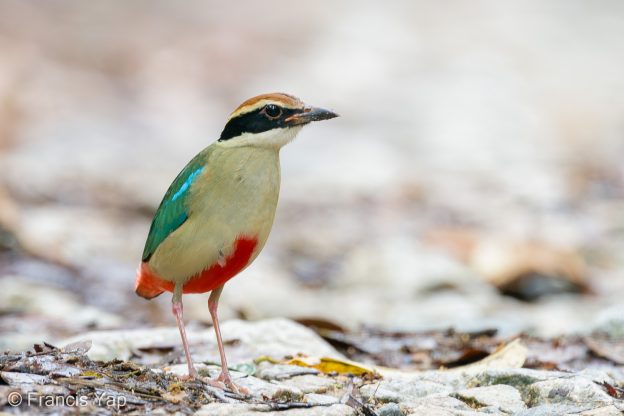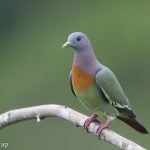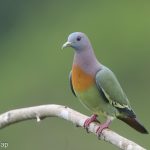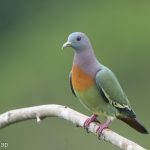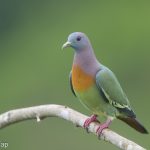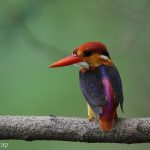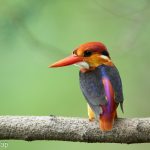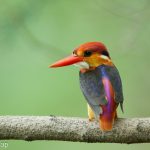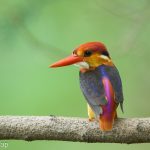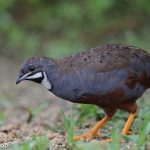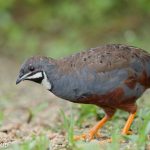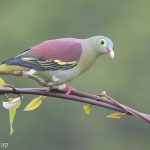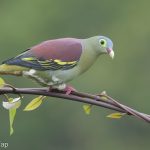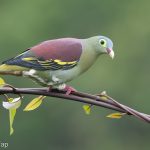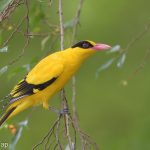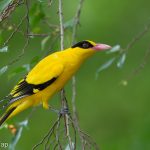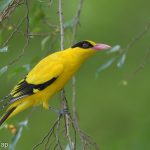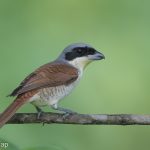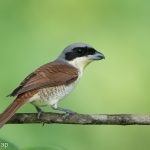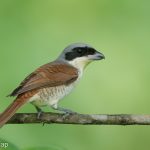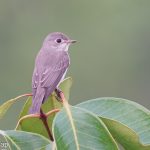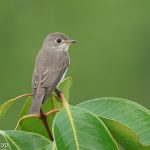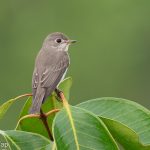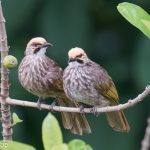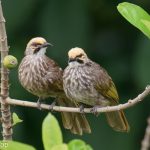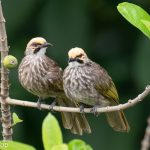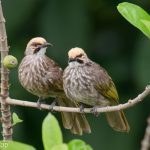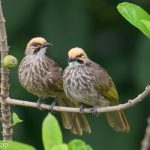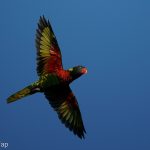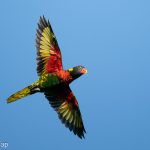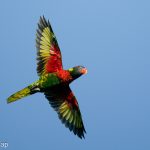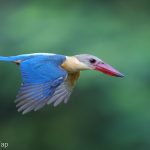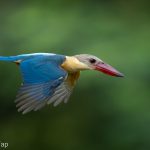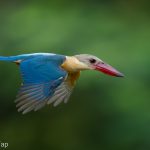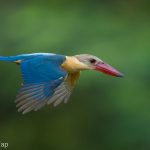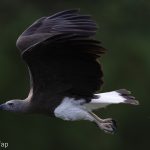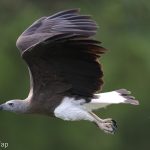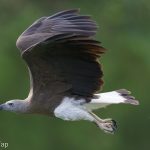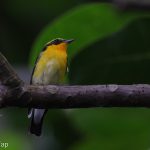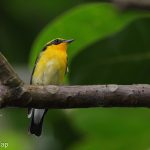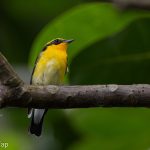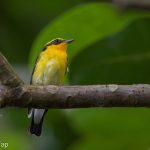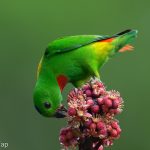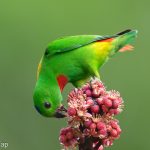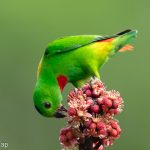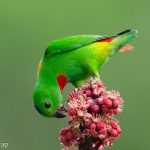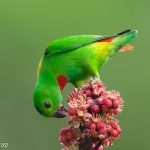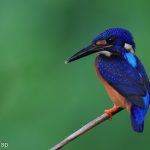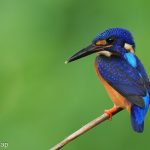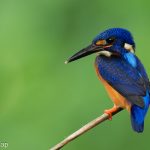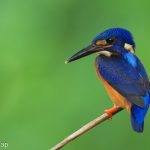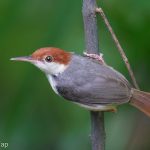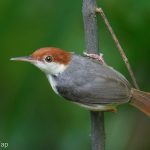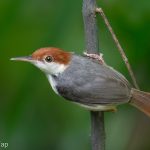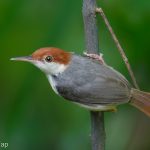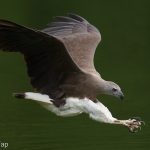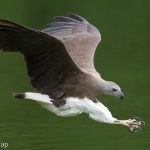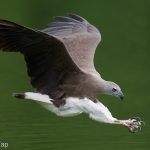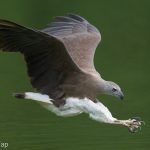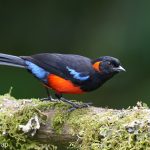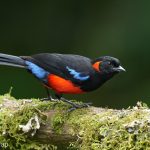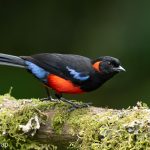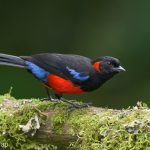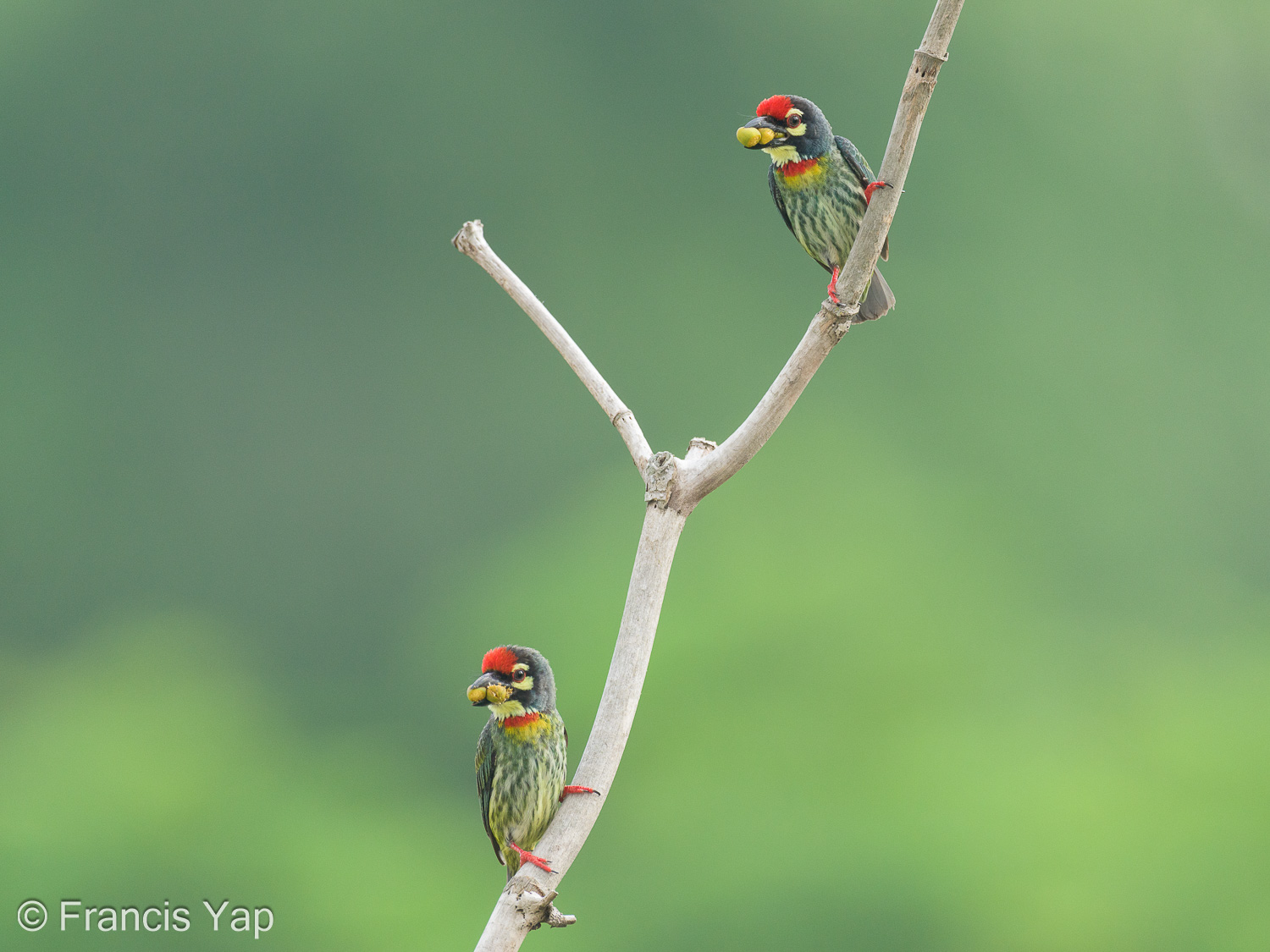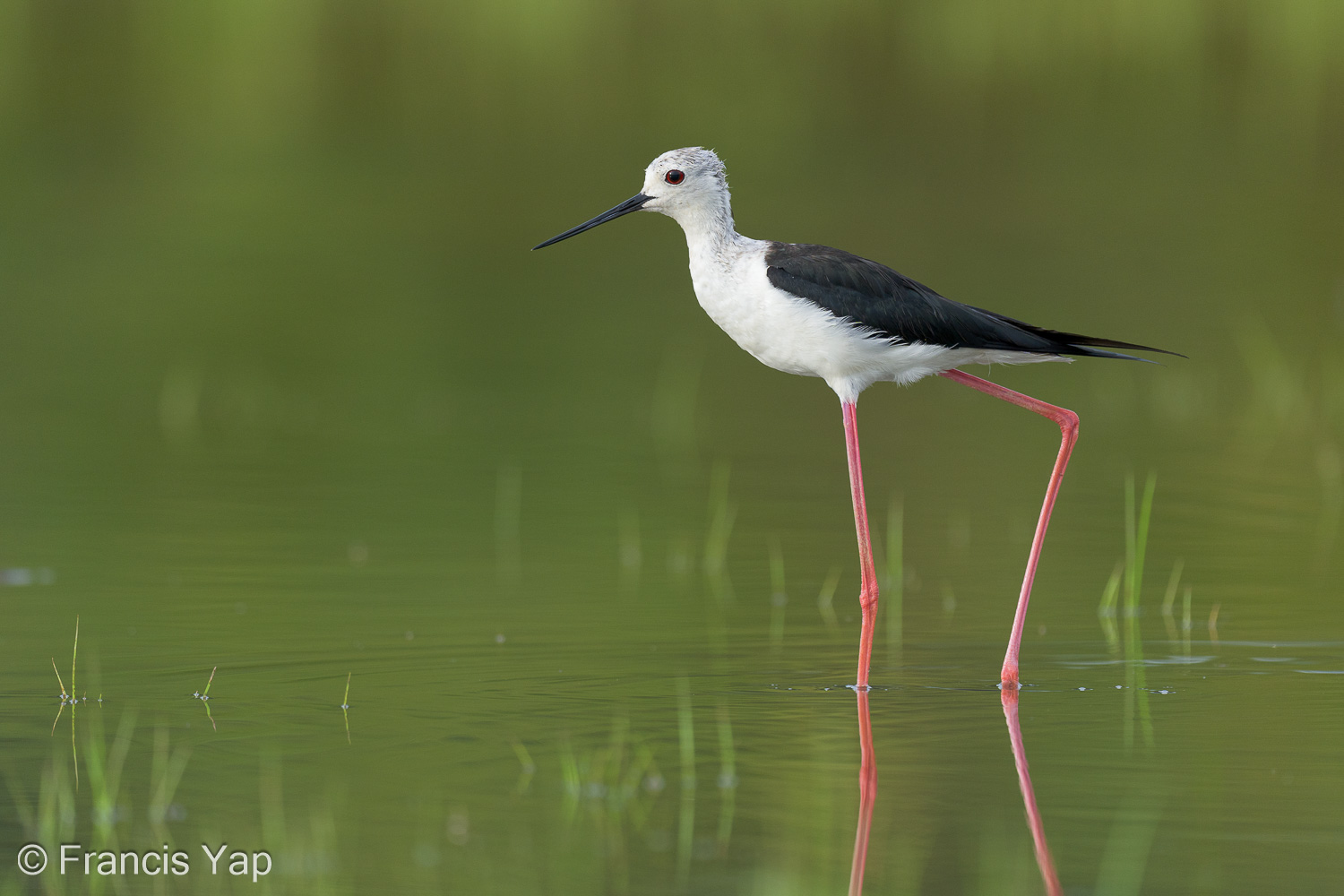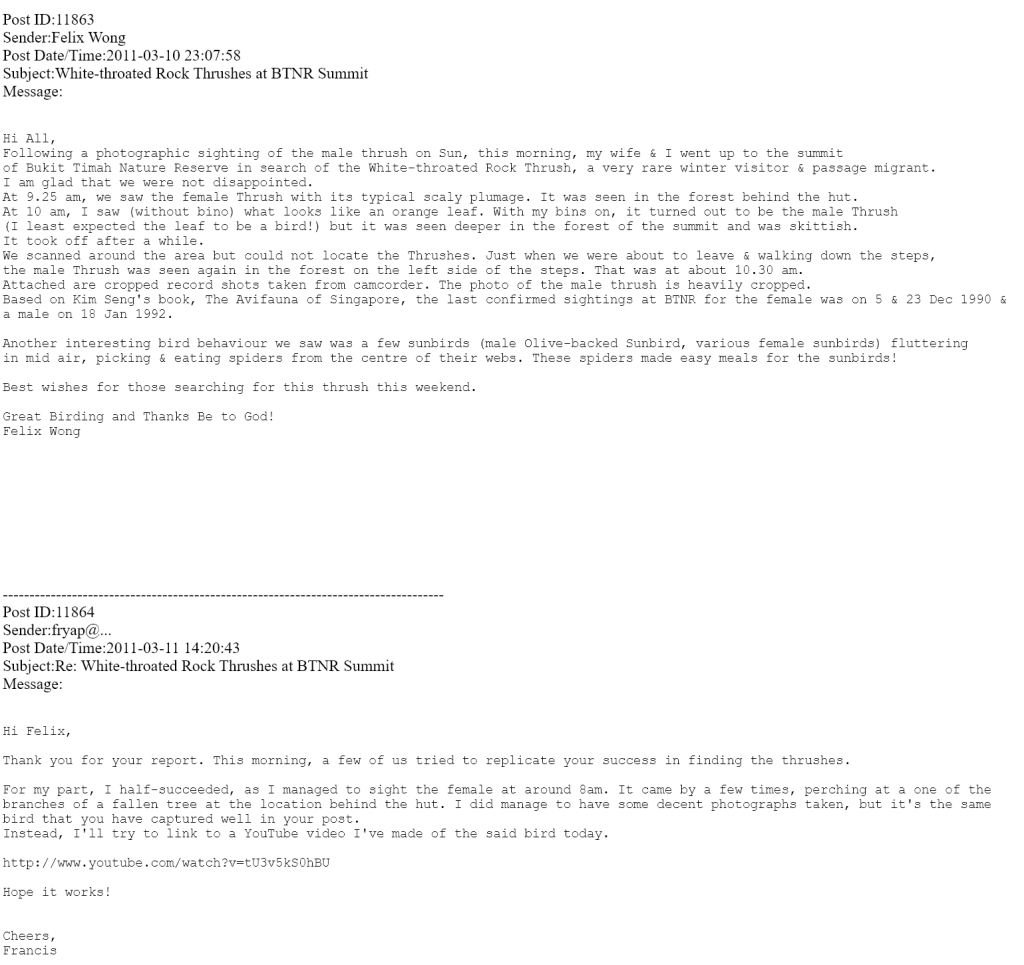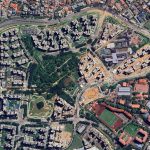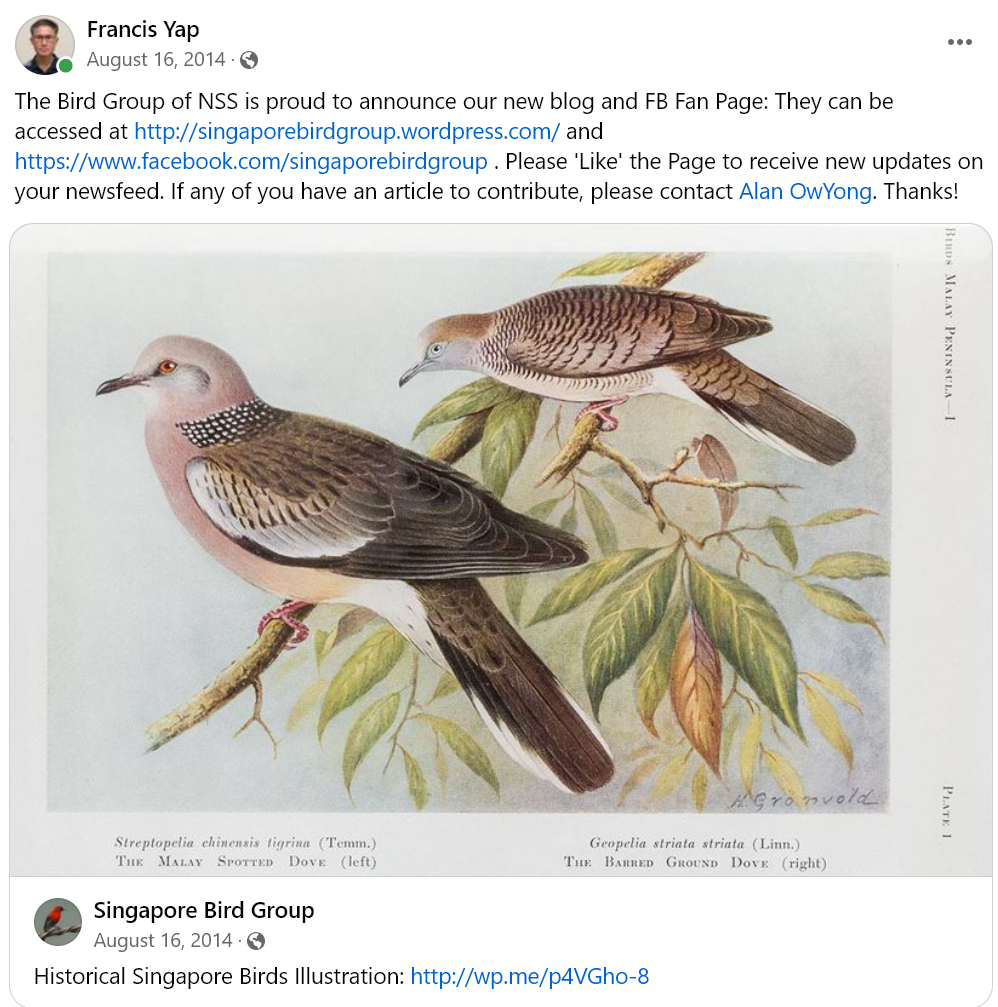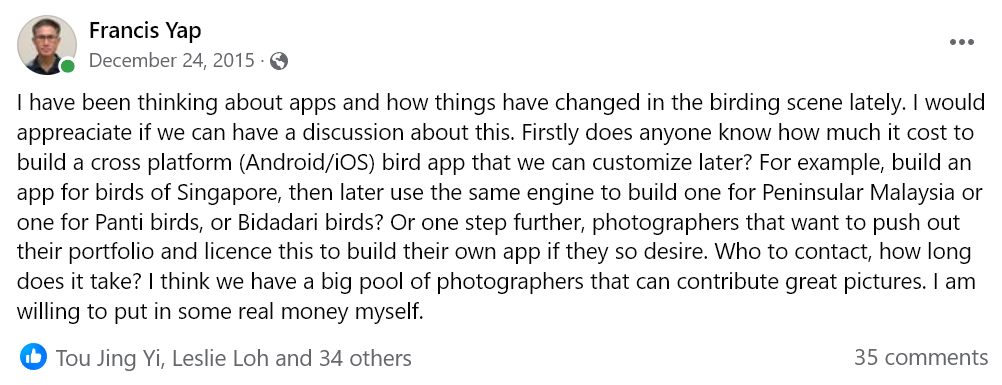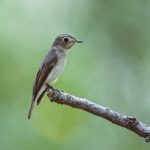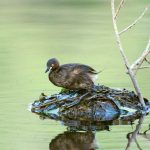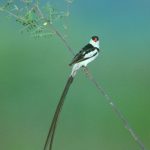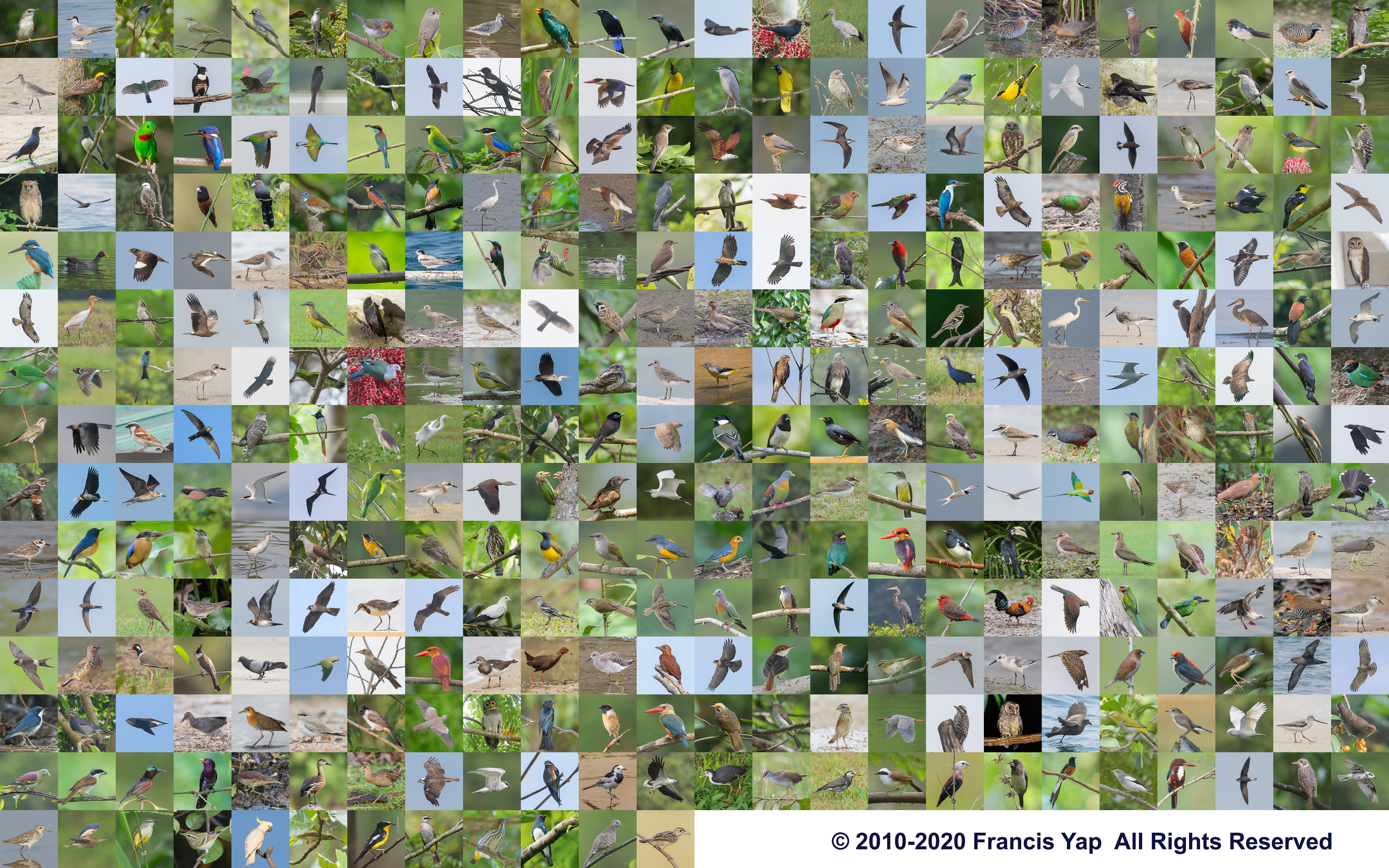The Race to SG350, SG375, and SG400: A Look at Birding in the Fast Lane in Singapore
One of the games we play as local birders in Singapore is seeing how quickly we can increase our bird species count. In 2024, at least two birders observed more than 300 species in a single year as part of their respective Big Year challenges.
This got me thinking: If it takes less than a year to observe 300 species in Singapore, how long would it take to reach 400 species? Of course, reaching 400 could take forever, but what if we had a hypothetical “perfect” birder who never missed any sighting?
To explore this question, I turned to eBird, the global platform widely used for recording bird observations. What insights could we gain by analyzing all the available data?
In early February 2025, I began my analysis. However, just days before completing the assignment, disaster struck—a computer crash erased my prior work. Soon after, a family member passed away, forcing me to shelve the project temporarily. Two days ago, I resumed the project, starting fresh but with a slightly different approach.
Below, I present the results of this analysis in tabular format. Let’s first explore how long it takes to reach 350 species in Singapore. The table includes the following columns:
- Start Year: The year the birder began birding
- Species: The 350th species observed
- Date Observed: The date this species was first observed
- Years Taken: The number of years it took to reach 350 species
Time Taken to Reach 350 Species
The first row of the table assumes the birder started on January 1, 2000. Their 350th species was the Short-tailed Shearwater, observed on May 14, 2011. This means it took 11 years to reach 350 species.
| Start Year | Species | Date Observed | Years Taken |
|---|---|---|---|
| 2000 | Short-tailed Shearwater | 14-May-11 | 11 |
| 2001 | Indian Pond-Heron | 28-Apr-12 | 11 |
| 2002 | Shikra | 08-Nov-12 | 10 |
| 2003 | Asian Openbill | 20-Jan-13 | 10 |
| 2004 | Black-winged Flycatcher-shrike | 11-Feb-13 | 9 |
| 2005 | Christmas Island Frigatebird | 04-May-13 | 8 |
| 2006 | Sakhalin Leaf Warbler | 04-Jan-14 | 8 |
| 2007 | Band-bellied Crake | 01-Mar-14 | 7 |
| 2008 | Oriental Scops-Owl | 15-Dec-14 | 6 |
| 2009 | Northern Pintail | 03-Feb-16 | 7 |
| 2010 | Brown Booby | 21-Mar-16 | 6 |
| 2011 | Amur Falcon | 16-Dec-16 | 5 |
| 2012 | Black-and-red Broadbill | 24-Aug-17 | 5 |
| 2013 | Booted Warbler | 10-Dec-17 | 4 |
| 2014 | Large Woodshrike | 22-Oct-18 | 4 |
| 2015 | Short-toed Snake-Eagle | 20-Nov-18 | 3 |
| 2016 | Chestnut-cheeked Starling | 01-Nov-19 | 3 |
| 2017 | Hair-crested Drongo | 26-Nov-19 | 2 |
| 2018 | Chinese Blue Flycatcher | 29-Feb-20 | 2 |
| 2019 | Wedge-tailed Shearwater | 23-Jun-21 | 2 |
| 2020 | Zappey’s Flycatcher | 16-Mar-22 | 2 |
| 2021 | Indian Paradise-Flycatcher | 12-Nov-22 | 1 |
| 2022 | Rufous-backed Dwarf-Kingfisher | 29-Jun-24 | 2 |
Time Taken to Reach 375 Species
Now let’s look at the time taken to reach 375 species:
| Start Year | Species | Date Observed | Years Taken |
|---|---|---|---|
| 2000 | Black-backed Swamphen | 19-Mar-16 | 16 |
| 2001 | Bulwer’s Petrel | 12-Nov-16 | 15 |
| 2002 | Little Stint | 21-Sept-17 | 15 |
| 2003 | Verditer Flycatcher | 09-Oct-17 | 14 |
| 2004 | Indian Paradise-Flycatcher | 02-Dec-17 | 13 |
| 2005 | Indian Paradise-Flycatcher | 02-Dec-17 | 12 |
| 2006 | Ruby-cheeked Sunbird | 04-Mar-18 | 12 |
| 2007 | Great Slaty Woodpecker | 02-May-18 | 11 |
| 2008 | Citrine Wagtail | 14-Nov-18 | 10 |
| 2009 | Pied Stilt | 16-Jul-19 | 10 |
| 2010 | Scarlet Minivet | 01-Oct-19 | 9 |
| 2011 | Hair-crested Drongo | 26-Nov-19 | 8 |
| 2012 | Taiga Flycatcher | 30-Nov-19 | 7 |
| 2013 | Chinese Blackbird | 11-Feb-20 | 7 |
| 2014 | Common Swift | 09-Oct-20 | 6 |
| 2015 | Caspian Tern | 16-Nov-20 | 5 |
| 2016 | Javan Plover | 20-Jun-21 | 5 |
| 2017 | Spotted Flycatcher | 15-Oct-21 | 4 |
| 2018 | European Starling | 13-Dec-21 | 3 |
| 2019 | Little Stint | 24-Nov-22 | 3 |
| 2020 | Little Green-Pigeon | 13-Feb-24 | 4 |
| 2021 | Thick-billed Flowerpecker | 11-Dec-24 | 3 |
Time Taken to Reach 400 Species
Finally, let’s explore the time taken to reach the coveted 400 species:
| Start Year | Species | Date Observed | Years Taken |
|---|---|---|---|
| 2000 | Common Swift | 09-Oct-20 | 20 |
| 2001 | Tufted Duck | 12-Dec-20 | 19 |
| 2002 | Siberian House-Martin | 03-Jan-21 | 19 |
| 2003 | Siberian House-Martin | 03-Jan-21 | 18 |
| 2004 | Siberian House-Martin | 03-Jan-21 | 17 |
| 2005 | Siberian House-Martin | 03-Jan-21 | 16 |
| 2006 | Javan Plover | 20-Jun-21 | 15 |
| 2007 | Javan Plover | 20-Jun-21 | 14 |
| 2008 | Ashy-headed Green-Pigeon | 09-Oct-21 | 13 |
| 2009 | Pale-legged Leaf Warbler | 12-Nov-21 | 12 |
| 2010 | Black Redstart | 28-Nov-21 | 11 |
| 2011 | Brown-breasted Flycatcher | 30-Oct-22 | 11 |
| 2012 | White-crowned Hornbill | 16-Apr-23 | 11 |
| 2013 | White-chested Babbler | 09-May-23 | 10 |
| 2014 | White’s Thrush | 23-Nov-23 | 9 |
| 2015 | White-throated Rock-Thrush | 01-Jan-24 | 9 |
| 2016 | Yellow-eared Spiderhunter | 16-Nov-24 | 8 |
Conclusion
As you can see from the tables, it’s now taking significantly less time for birders to reach high numbers of Singapore bird species compared to earlier years of birding. In fact, if you started birding in January 2021, it would take you just 1 year and 11 months to reach 350 species in Singapore! The same trend holds for the other milestones.
In an effort to improve the data, I’ve also made some manual tweaks, such as removing certain eBird observations that contradict records from the Singapore Bird Database. Sensitive species like the Straw-headed Bulbul and Greater Green Leafbird are excluded from public observations, so I’ve assumed they are included by default in the count (+2). Here is the Excel spreadsheet if you intend to dig deeper into the details. Do note, however, that the information is only as good as the data entered by eBird participants. I have made only minor efforts to weed out the spurious records manually. There are also quite a few records in the Singapore Bird Database that have not been uploaded to eBird, so bear that in mind as well.
In the end, it goes without saying that birding should be more than just ticking off a checklist. This short article is merely a fun exercise to stimulate some discussion among local birders. It is undeniable that there is growing interest in this hobby, and I’ve noticed that the number of birders is steadily increasing. These birders are also getting better at finding rarities that land on this tiny island. The data I’ve presented here supports this observation.
